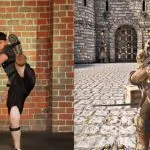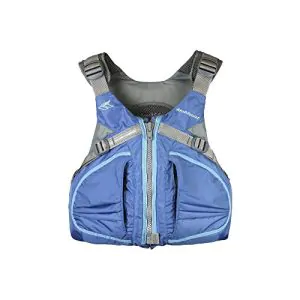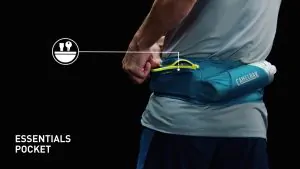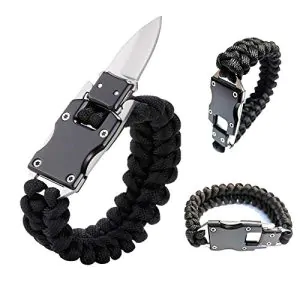One of the most promising, and exciting, things in the world of wearable technology is the advances being made in body suits. Mechanical body suits, often referred to as exoskeletons, are often powered machines that are being used in a variety of fields including medicine, military, and industry. Once found only between the pages of popular science fiction books, these wearable suits have become a reality and are being developed to assist with a number of ordinary tasks such as lifting heavy objects and providing protection for the human body. Below are five of the most exciting wearable body suits, and their purposes.
The Raytheon Sarcos XOS Exoskeleton
The XOS exoskeleton is being designed, for the most part, for military purposes. Initially created by Sarcos and later purchased by United States company Raytheon Integrated Defense Systems from Massachusetts, the suit has been said to resemble the Iron Man suit from the popular movie and comic book character. While the XOS exoskeleton suit currently has no offensive capabilities, cannot fire weapons or fly via rocket thruster boots, it does allow the user to carry extraordinarily heavy gear over long distances without getting tired. The idea is that a soldier will be able to rescue wounded comrades from the battlefield, or single handedly wield a high powered weapon that would normally require the assistance of a second soldier. Unlike most body suits, the XOS exoskeleton is a full body suit.
The Human Assistive Limb (HAL) Exoskeleton
Called a “cyborg type†robot by Cyberdyne Inc, its Japanese manufacturer, the Human Assistive Limb exoskeleton has been designed with people with mobility issues in mind. The body suit is intended to help people lift heavy objects, as well as to assist in rehabilitation after serious bodily injury. Although the body suit has been designed with eye pleasing aesthetics, there is actually a lot that goes on behind the scenes that make this suit intriguing. HAL, as it is lovingly called by those familiar with Arthur C. Clarke’s Space Odyssey series, is capable of reading the body’s electrical impulses to make decisions and anticipate the movement of the wearer. It then runs a scan and determines the amount of power needed to perform the movements, sending just the right amount of power to the proper joints. Because of this, HAL is able to begin moving microseconds before the wearer, creating a seamless experience between the user and the suit.
The Human Universal Load Carrier (HULC)
Similar to Raytheon’s XOS, the HULC was designed with military intentions. Unlike the XOS, however, the HULC is worn only on the legs and enables a soldier to travel long distances, with heavy payloads, without tiring. Researchers on the HULC project has also demonstrated that the body suit can actually reduce the soldier’s oxygen use, providing for more stamina and the ability to go longer distances.
The Honda Experimental Walking Assist Device
This body suit, essentially a chair with legs, is a wearable suit intended to assist the elderly and people who have mobility problems due to injury. The user sits in the suit’s saddle seat and straps their feet into a pair of shoes attached to the bottom of the legs. The suit features a lithium ion battery that can power the suit for about two hours and allow the wearer to walk while having a portion of their body weight supported.
The MIT Exoskeleton
This body suit, developed by MIT in Cambridge, is another exoskeleton intended to assist people, like soldiers and hikers, with carrying large amounts of heavy equipment and gear. Unlike other suits however, MIT’s suit uses a single watt of power, as compared to the thousands of watts required by other exoskeletons. Because of this lack of power, the suit often interferes with normal walking, causing the wearer to expend more energy and oxygen, leading to quicker fatigue.
















